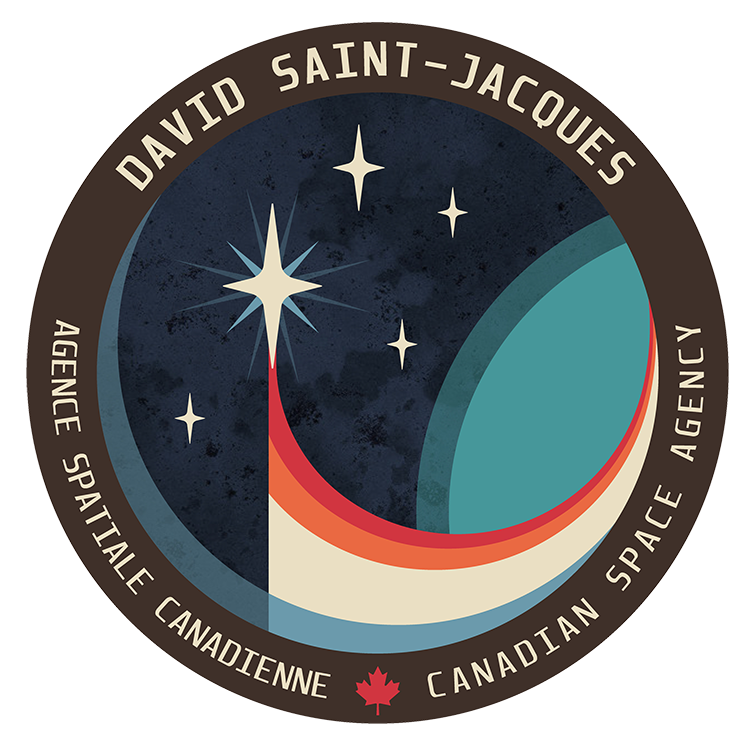The mission
On , Canadian Space Agency (CSA) astronaut David Saint-Jacques flew to the International Space Station (ISS). The successful landing on , marks the end of the longest Canadian astronaut mission to date (204 days).
During his time in space, David conducted Canadian and international science experiments and technology demonstrations. He supported critical operations and maintenance activities, including robotics and spacewalks. Like many other astronauts, he shared his experience through taking pictures and videos. From space, he also connected with young people across Canada, encouraging them to appreciate the beauty and fragility of our planet, and sparking their interest in science, technology, engineering and mathematics.
Consult the mission highlights.
Perspective
Inspired by the European Space Agency's tradition of naming astronaut missions, David chose the name Perspective for this mission. It refers to the unique experience of seeing the Earth from space.
From the ground, it can be difficult to fully appreciate the complexity and intricacy of our planet, but the astronaut's vantage point gives them the chance to appreciate our home from a distance and to get a better perspective on its beauty, fragility and history.
"When I was a young child, I saw one of those photos of the Earth from the Moon, and it opened my eyes to a different way of viewing the world. I'm looking forward to seeing our home from space for myself, without borders or differences, and can't wait to share my experience and new perspective with others."
Patch
David Saint Jacques' mission patch represents the power of dreams. By igniting human creativity and genius, dreams lead to progress. It also evokes the central role that space exploration has played in the evolution of our perspective of life on Earth.
The North Star (dreams) and compass rose (reason) make up the central element of the patch. In the same way that these have provided direction for explorers, dreams guide and inspire us without becoming an end in themselves.
The trail of the star is composed of four colours. Red (energy and passion), orange (creativity) and white (science) stand for the human ability to innovate and push the limits of what is possible. The blue portion is crescent-shaped, resembling the reflection off a lens, and symbolizes the international collaboration so crucial to the space program in the past, present and future.
The other four stars represent the men and women who work behind the scenes, putting all their talent to work to ensure this Canadian mission is a success. They also signify the astronaut's family, the shining constellation of which he is most proud.
Finally, like a blue jewel in the universe, Earth figures prominently on the patch. From space, our planet can be seen in its full splendour but also in all its fragility. Space exploration gives us a new perspective on our world, fosters our environmental responsibility, and fuels our dreams of peace.
Expedition 58/59
Expeditions have been heading to the ISS since October 2000, when the Expedition 1 crew became the first long-term residents of the Station.
As part of Expedition 58/59, David is the third Canadian astronaut to take part in a long-duration mission. The first was Dr. Robert Thirsk, a crew member of Expedition 20/21, from May to December 2009. Then, from December 2012 to May 2013, Chris Hadfield flew with Expedition 34/35.
Canadian astronauts before them participated in space shuttle flights or STS missions.


